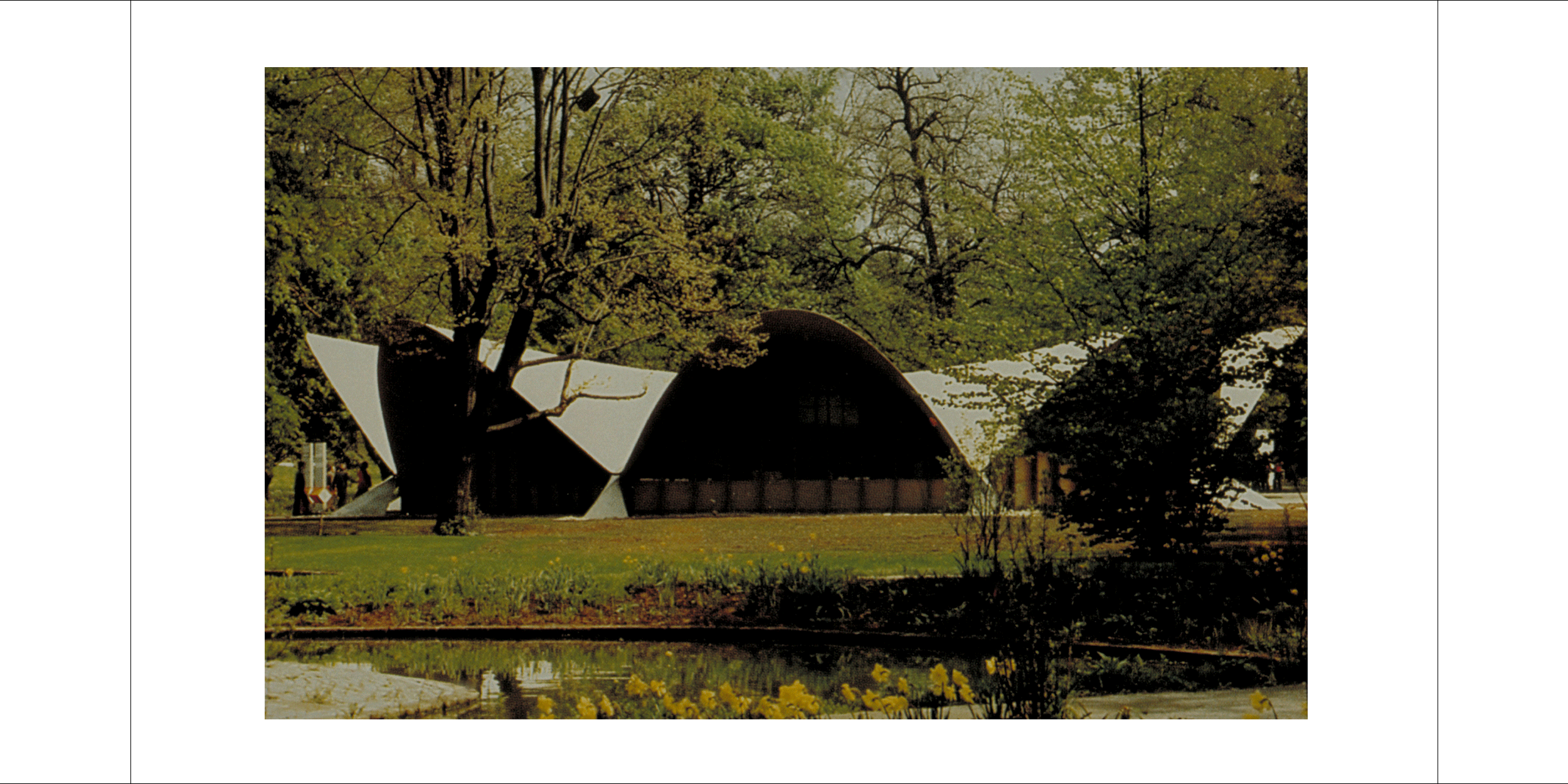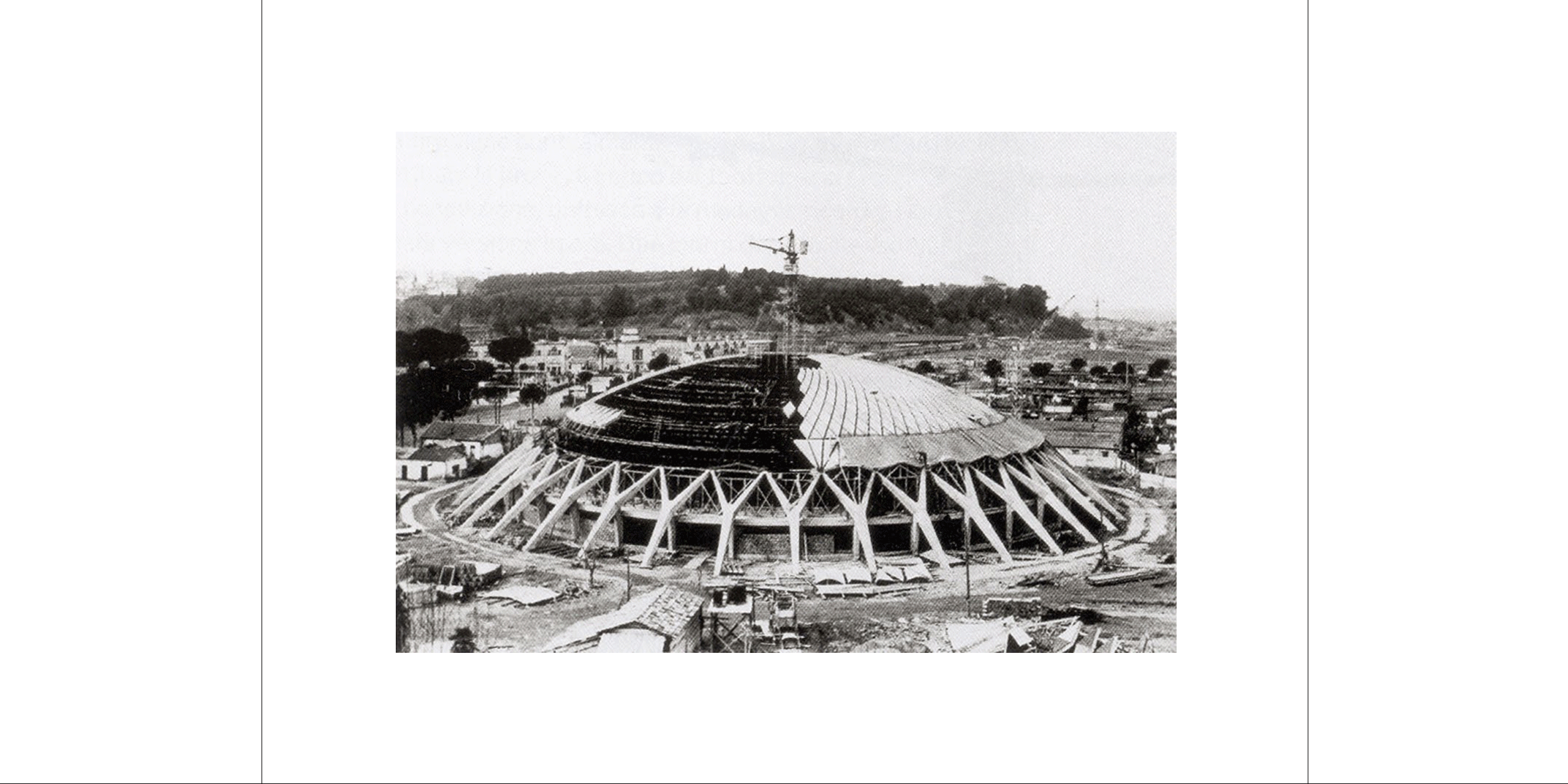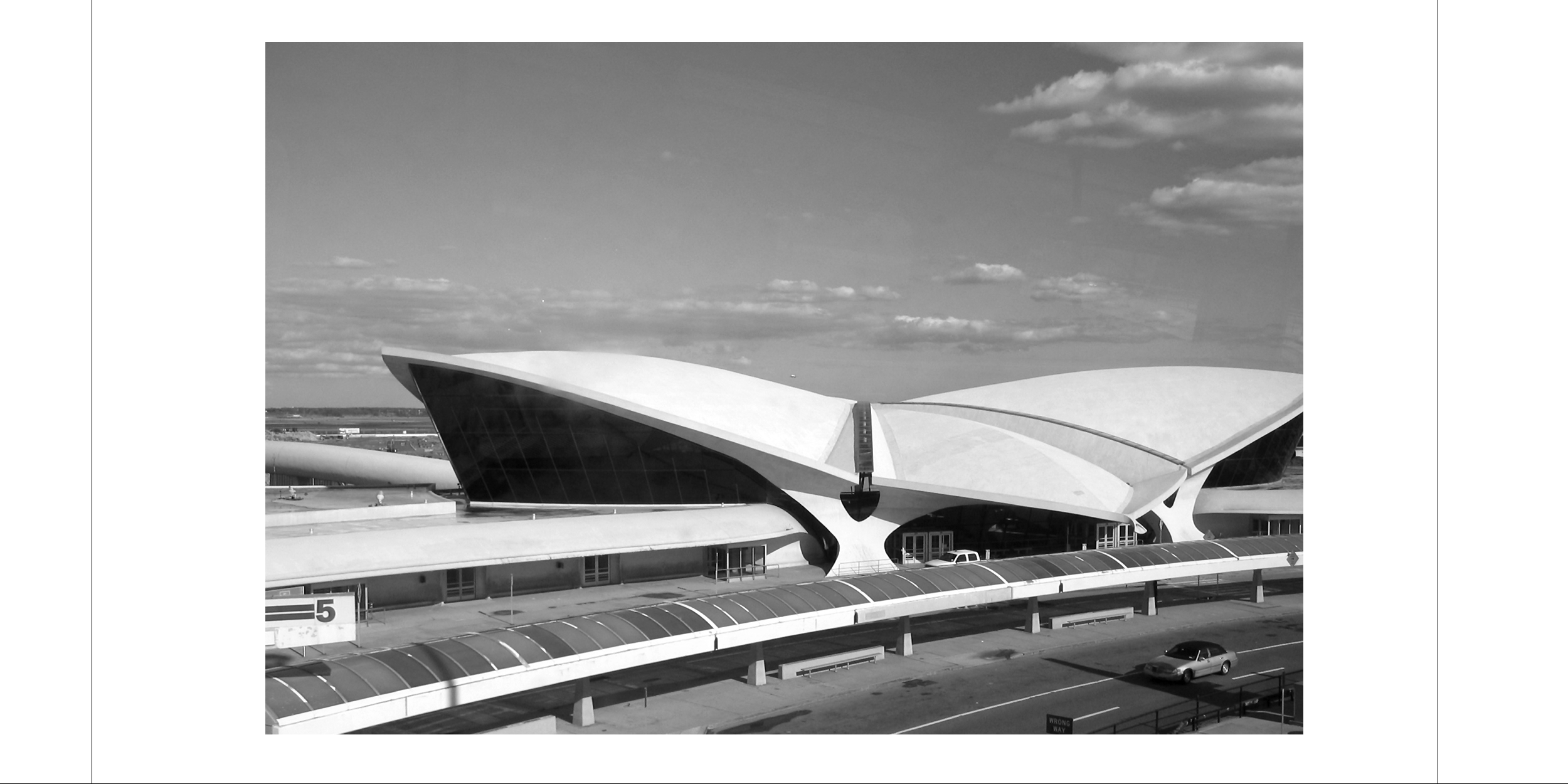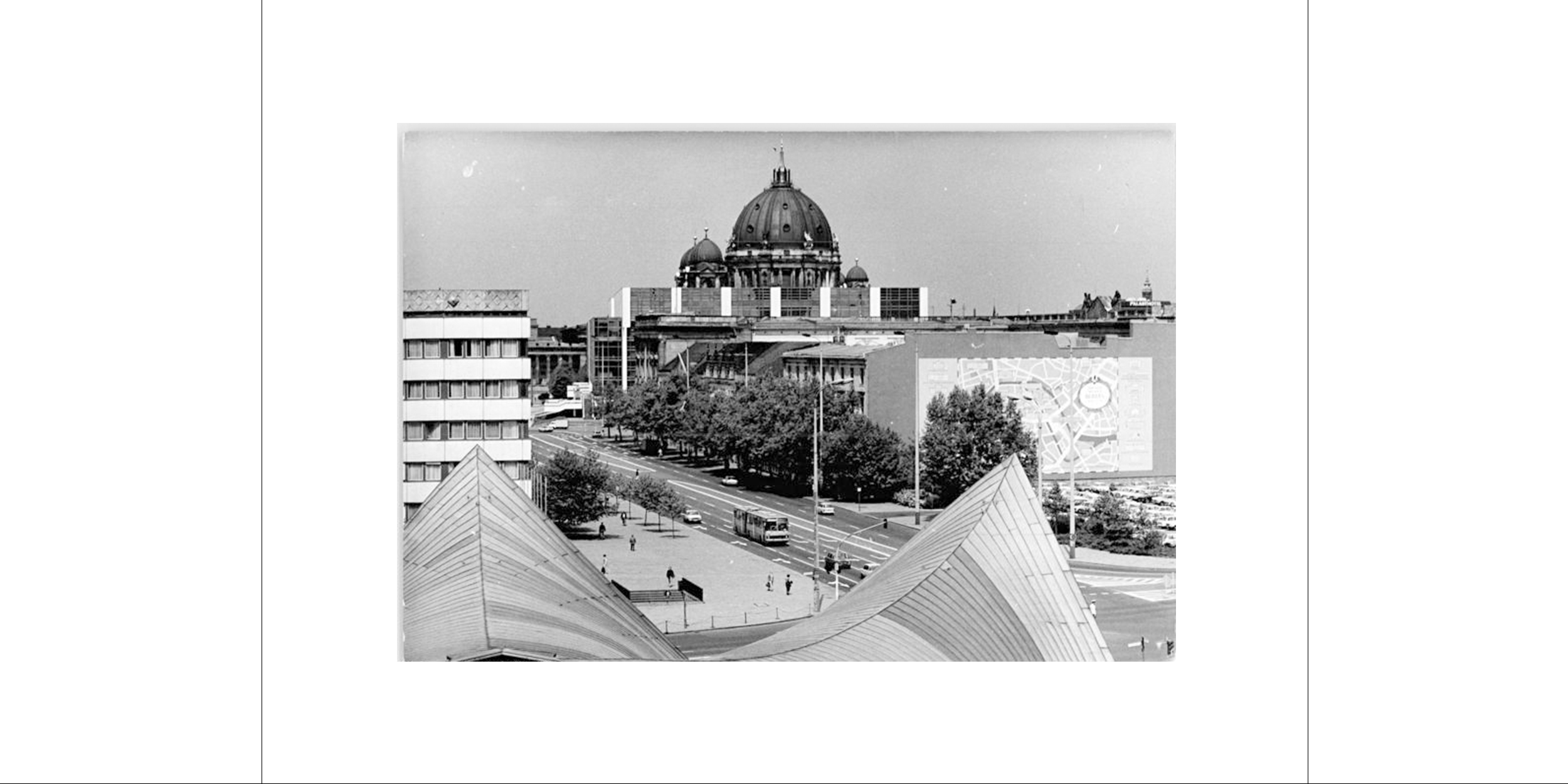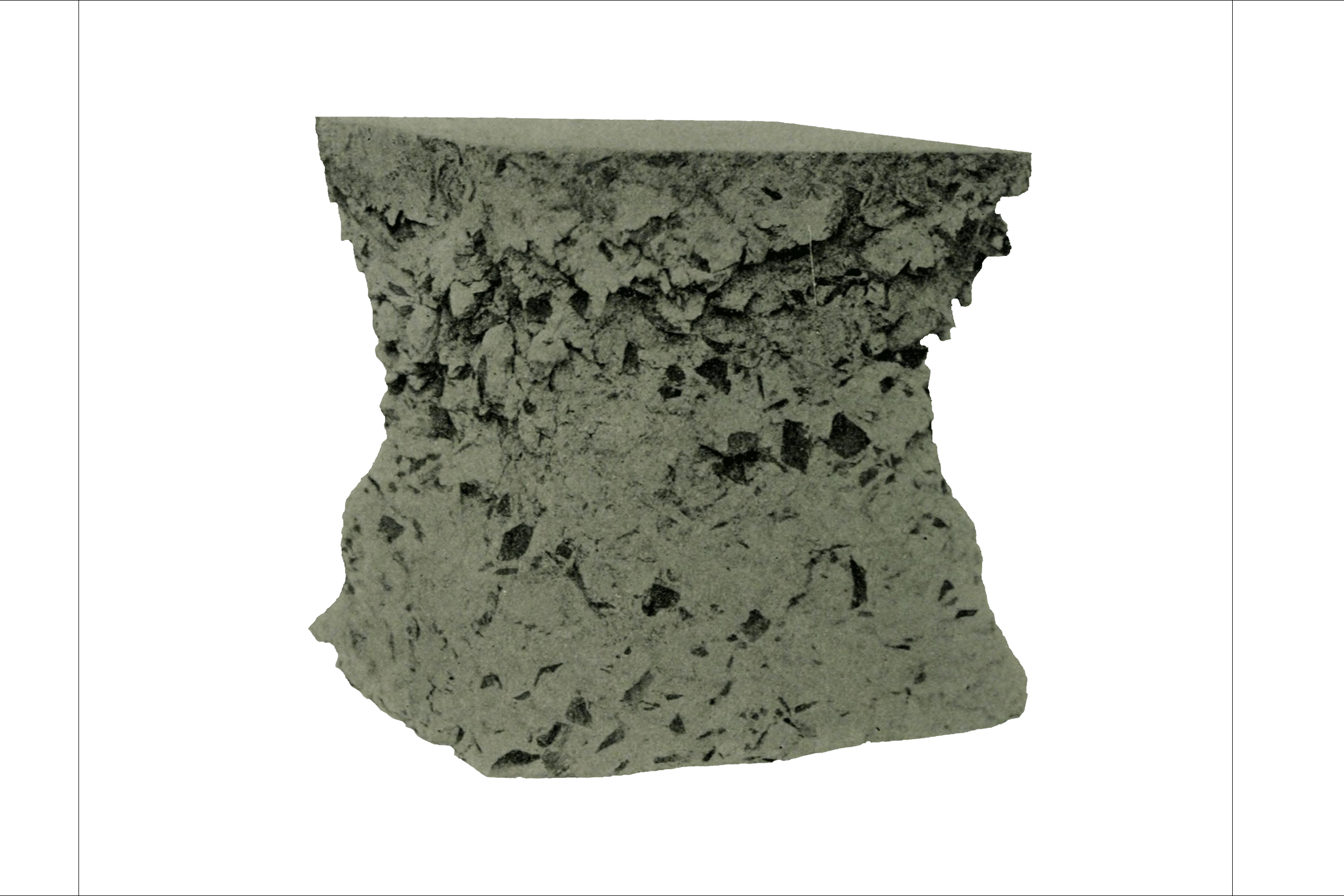Extravagance! Building on sand
Sustainable life
Oliver Herwig • 23.05.2019
The favourite material of modern times has come under attack. Concrete consumes a lot of resources. Nowadays, even sand is scarce. What can we expect from this material in the future? One speculation.
Concrete – is thebuilding material of the modern age. Without it, there would be no skyscrapers or suspension bridges, no satellite estates or dams. It is everywhere. And that is where the problem begins. Such large quantities are consumed that now the simplest raw materials have become scarce. Germany alone builds around 100 million cubic metres a year, equivalent to about 38.5 Cheops pyramids. China and the Middle East consume several times this amount. In the meantime even sand is running out, the right, grainy type. Recently, the construction-loving Emirates on the Persian Gulf, had to recognise that although it is sitting on millions of tons of desert sand, as a round grain, it provides little support for the artificial stone that forms skyscrapers and airports, meaning that ships had to carry sand half way around the globe. If that was the only problem. Calculations by the “Chatham House” think tank show that buried cement accounts for around eight percent of global CO2 emissions. At the same time, experts are advising on new production processes for “Low-carbon Cement and Concrete”. So what will this lead to?
Such large quantities are consumed that now the simplest raw materials have become scarce. Germany alone builds around 100 million cubic metres a year, equivalent to about 38.5 Cheops pyramids. China and the Middle East consume several times this amount.
Image 1: Schlaich Bergermann Partner Architekten, Schalendach für einen Ausstellungspavillon – BUGA 1977, Copyright; Image 2: Pier Luigi Nervi und Annibale Vitellozzi: Palazzetto dello Sport (dt. Kleiner Sportpalast), Rom 1957, Copyright; Image 3: Eero Saarinens TWA-Building, JFK Airport, Copyright; Image 4: Bundesarchiv, Bild 183-1982-0628-020 / Senft, Gabriele / CC-BY-SA 3.0, Copyright
Reduction is advised
Concrete promises builders a bit of eternity. Perhaps that’s why the Romans used “opus caementitium”, a mixture of quicklime, water and sand, which their builders mixed in with mortar and clay. Concrete is initially a doughy mixture that encloses granules of different sizes and after a short time cures by losing water. Evaporate, say the experts. This can cause fine cracks. Fibres between the sand particles can stop these cracks forming by taking over tensile forces. They stabilize the so-called matrix, and the concrete becomes less brittle.
Now it is all about getting rid of the heaviness of the concrete. In the future, we will no longer require so much steel. Larger spans can be achieved with carbon or glass fibres – and with less material. Glass fibres do not rust. Back in 1977, Jörg Schlaich achieved a record in terms of glass fibre concrete with the Federal Horticultural Show pavilion. With a diameter of 31 metres, the world’s thinnest concrete shell roof was created – just one centimetre thick. Pier Luigi Nervi was also able to manage a reduction. Thanks to “ferrocement” and net-like reinforcements, he was able to achieve filigree structures. With the Olympic building in Rome for the 1960 summer games, Nervi was able to prove that concrete could dance and swing. The only other similar one known to date was Eero Saarinen’s TWA Building at JFK Airport in New York City. Concrete constructors have always been artists. When Ulrich Müther’s “Maple Leaf” collapsed in July 2000, crashing down under the onslaught of excavators, a legendary East Berlin restaurant and a piece of architectural history were lost, but its architect was finally recognised worldwide. . In 1973, the ingenious architect had shaped the restaurant with five protruding roofs made of wafer-thin concrete. The GDR was notoriously a country of scarcity – the idea of injecting concrete as a skin over a filigree steel net was well-received. The special construction required only an understanding of basic physics – and a great deal of courage. The hypar shell reinforced concrete ceiling (hyperbolic paraboloid) was self-supporting. Its secret was its evenly curved shells, from which it derived its strength perfectly and could subsequently be managed with a minimum of mass.
Twelve-inch concrete cubus, Coypright
Light-weight concrete for designers
Concrete is also fascinating for designers. For example, Konstantin Grcic. “I designed a large table and lamps using glass fibre reinforced cement (Ductal®), inspired by Nervis Pavilion,” says Grcic. His Magliana table, a 3,6 meter long table top, is carried by six pylons. Each one of them ends in “cantilevered wing-like seats and a thin neck supporting the table top”, explains Grcic, with respect to the special construction. The Berliner is not an isolated case. Designers such as Christoph Kirchner from Westhofen or Christian König demonstrate that concrete has found its way into the furniture industry – the spectrum ranges from heavy furniture to experimental projects. “Concrete is an exceptional alternative to the inflationary standard materials of many furniture creations and gives rooms that special something,” says König.
The fabric of modernism represents clear forms, especially for interiors. In the beginning it was minimalist kitchen blocks that fit perfectly with reflecting stainless steel tools and clear edges. Their matte finish harmonised with cooking appliances and gave the kitchen an appearance of exclusivity. Meanwhile, there is even light-concrete, translucent stone which provides all sorts of effects for counters and wall coverings. Optical fibres make this possible. They are incorporated into the concrete and enable the artificial stone to achieve a balance between solid and liquid, heavy and feather-light.
“Nevertheless, emissions can be reduced: On the one hand, more secondary fuels can be used – that is, fuels that are obtained from waste. In addition, the production of cements with several main components – as clinker replacement – is of particular importance.”
Less is more
Lighter, thinner and CO2-reduced – is this the future of concrete? According to experts, it is. But there are also limits: “The process technology of cement production in Austria cannot really be improved anymore.”), points out the Austrian “Betonmarketing”: “Nevertheless, emissions can be reduced: On the one hand, more secondary fuels can be used – that is, fuels that are obtained from waste. In addition, the production of cements with several main components – as clinker replacement – is of particular importance.” But without further material experiments this will not work. Both in the production and processing of concrete, on site and in later recycling.
3D printing promises less material consumption, or more precisely: 3DP technology, which glues a concrete mix layer by layer. This enables exceptional structures to be created, the parts of which precisely follow the lines of force and consume so much less concrete. What looks like porous bone, actually increases stability. Similarly, so-called gradient concrete, in which porous lightweight aggregates, thin-walled hollow spheres or air pores, results in less weight and better insulation. The Institute for Lightweight Creation and Design (ILEK) at the University of Stuttgart has been researching such innovations for almost one and a half decades. Professor Werner Sobek has dealt intensively with the question of how less material can be used to create a more constructed environment – and then subsequently “100 percent of it being returned to technical or biological cycles.” The NEST research building on the campus of the Federal Materials Testing and Research Institute (Empa) in Dübendorf, Switzerland, provides a foretaste of how multifaceted such recycling architecture can look. The concrete, which was developed by Sobek, also enables material savings of 50 percent. The first step has been made, many more must follow. Because consumption is growing as fast as technology is developing.
Coverimage: Paul Bence
